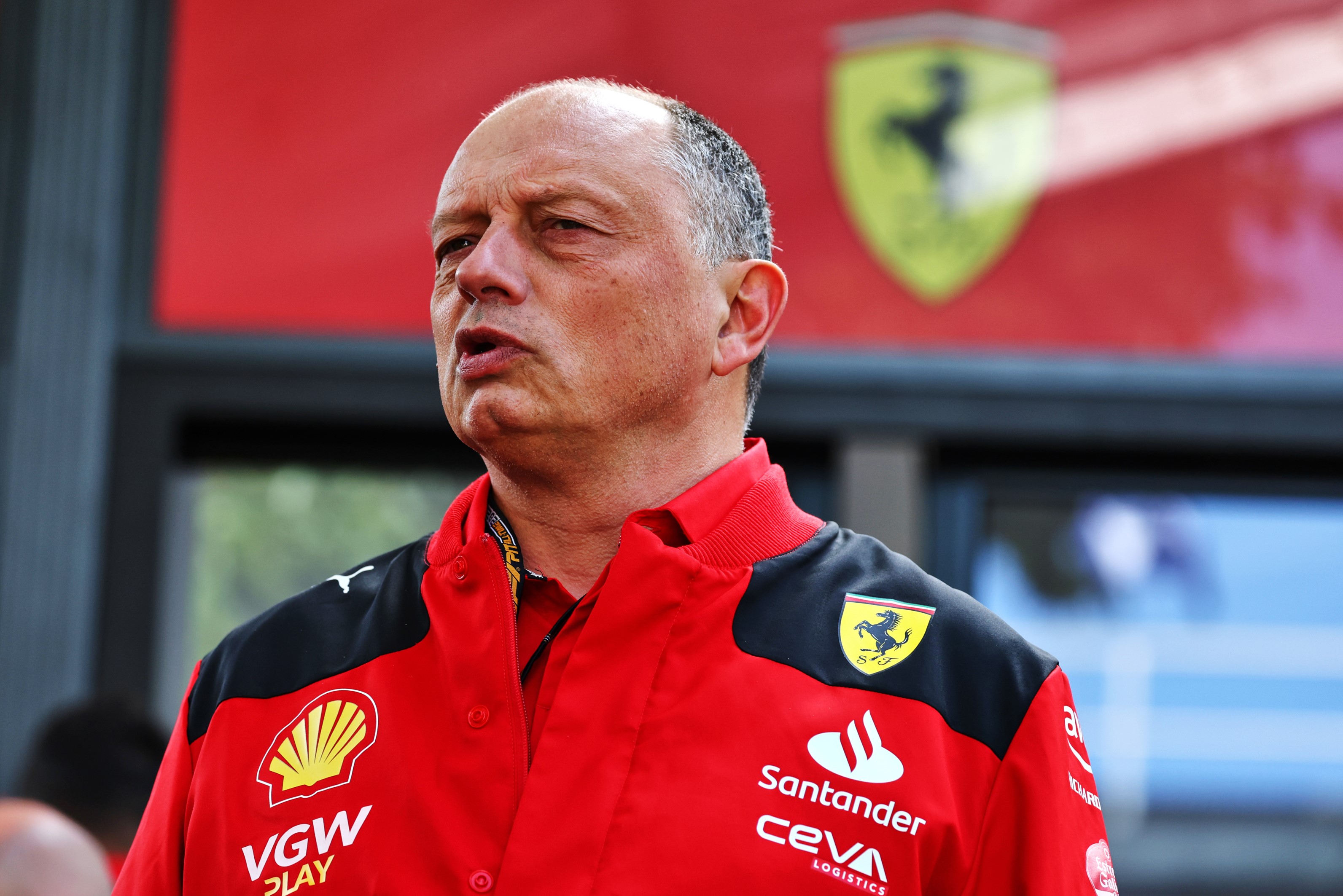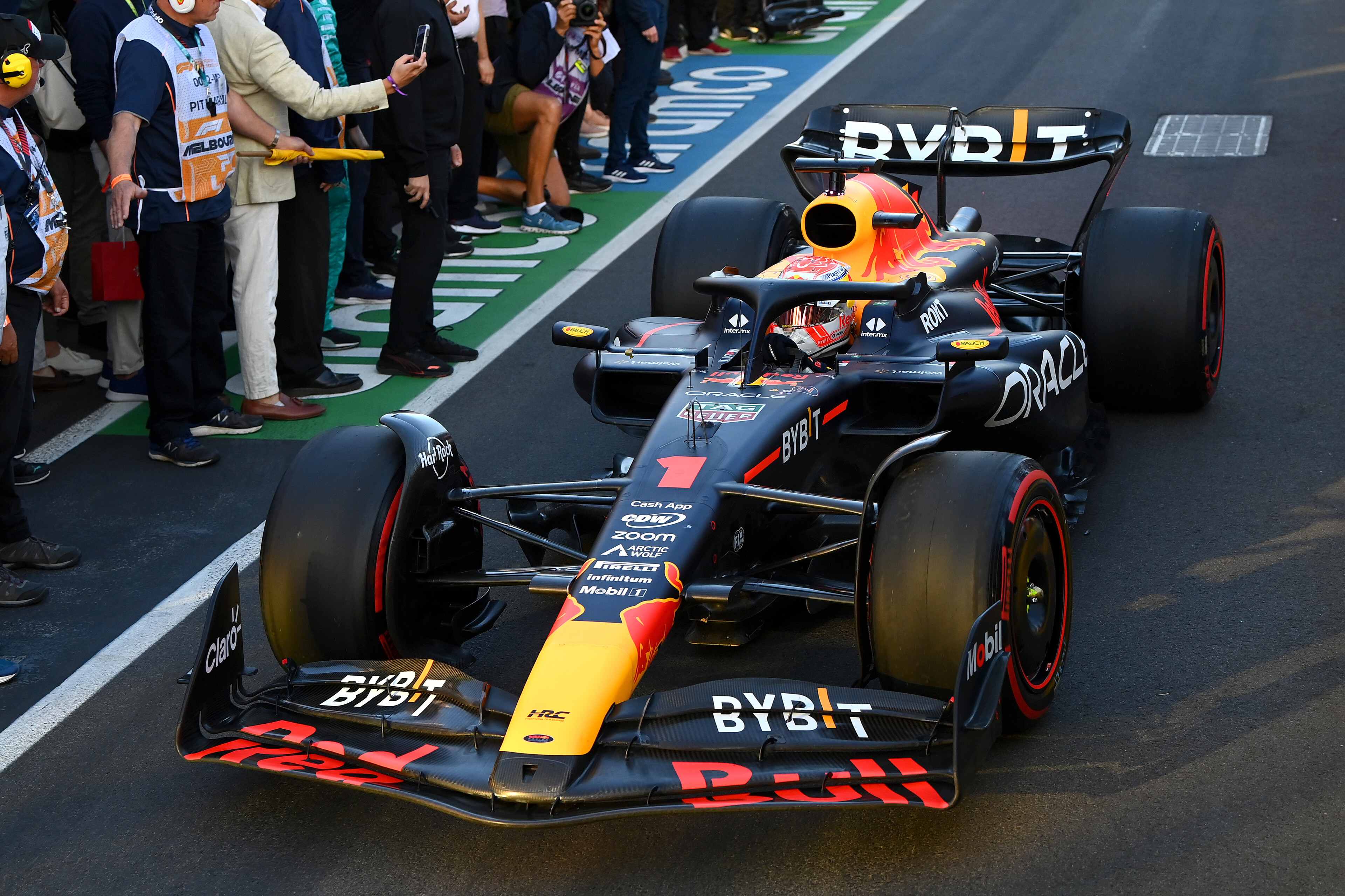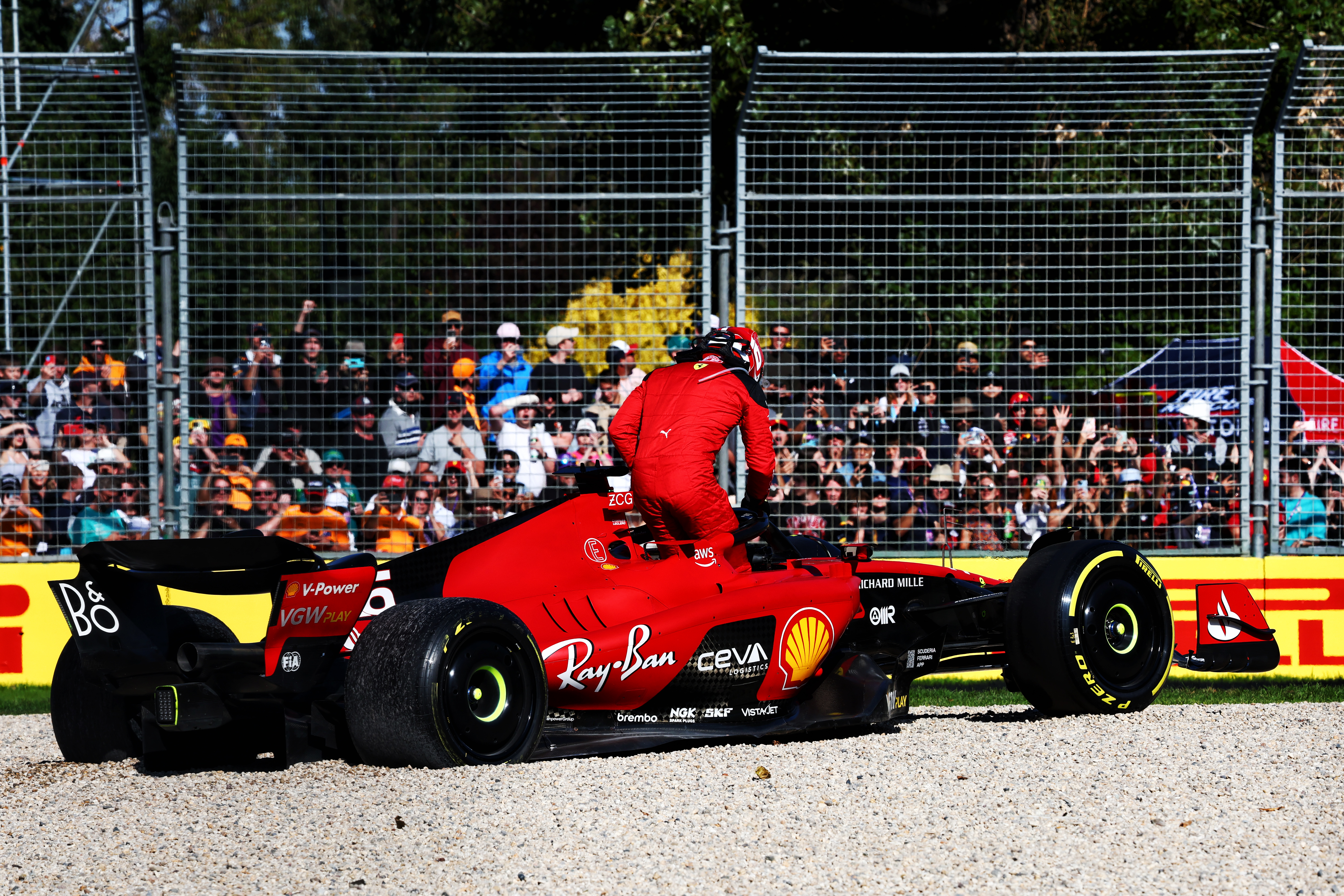Up Next

Ferrari believes Red Bull’s start to 2023 shows its penalty for breaking Formula 1’s budget cap was too light, even though it has done a “very good job” with its RB19.
After claiming both championships in 2022, Red Bull has won the first three races of 2023 with ease as its RB19 is clearly the class of the field – aided by a weight reduction and the straightline speed gain when the car’s drag reduction system is active.
This is despite Red Bull working with a 10% reduction in the aerodynamic testing allowance it is entitled to as punishment for breaching the budget cap in the first year of F1’s new financial regulations back in 2021.
Red Bull was hit with the ATR penalty alongside a $7million fine that did not come out of future budget cap allowances.
At the time, Ferrari and other teams felt Red Bull should have received a stronger punishment and incurred future budget cap reductions, too.
Ferrari team boss Fred Vasseur claims that Red Bull’s penalty was “very low”, estimating it equates to less than a tenth of a second in laptime and has been offset by Red Bull spending the money that would have been devoted to more aero work on other key areas of the car instead.

After Vasseur described the penalty as “marginal”, The Race asked if he felt Red Bull had done a good job or if its dominance showed the penalty had been too lenient. He replied: “Both! They did a good job. But still the penalty was very light.
“If you consider the rate of development that we have during the season, the fact that if you have a 10% ban at the end – it’s not something linear. And then you can spend what you are saving somewhere else on weight saving and so on.
“I’m not sure the effect is mega. And if you consider [also] that you have an advantage at the beginning of the season because you spend more the year before…
“I don’t want to say that they didn’t do a good job because I honestly think that they did a very good job on the car. So, I am not trying to find an excuse at all. It’s not this.
“But if you ask me if the penalty is too light, I say yes.”
Because it won the constructors’ championship, Red Bull was already entitled to the lowest allowance – 70% of a baseline figure – for windtunnel testing time and CFD work.

The cost cap penalty, which runs for 12 months from October to October, reduced that amount by a further 10%, to 63%.
This works out as 202 windtunnel runs and 1260 CFD items per the eight-week aero testing period, a reduction of 22 windtunnel runs and 140 CFD items.
By comparison, Ferrari gets 38 more windtunnel runs and 240 more CFD items in its allowance per aero testing period than Red Bull.
But Ferrari has not been able to turn this into a net gain. In fact, it is less competitive relative to Red Bull than at the end of last season – especially in race trim.
Ferrari has had a messy start to the year that has probably exaggerated its deficit, with lead driver Charles Leclerc retiring from two grands prix and Ferrari suffering from a clear lack of pace at the only race he finished (Saudi Arabia, where he needed an early grid penalty due to a reliability concern).
Over one lap Leclerc has looked a relative threat to Red Bull at times, though Ferrari has failed to even finish as the second-best team in any of the first three races.

Vasseur suggested that Ferrari has suffered from having a car that was tricky to drive at its absolute maximum at the start of the season and has tried to address that by running its car in a more user-friendly way, which he felt paid dividends in Australia.
But Ferrari was “frustrated because we didn’t do a good job collectively” there, with Vasseur hinting that disguised its pace once again.
“In the first three events we always had the feeling that we are not far away and able to fight for the first row with them in quali and it was more difficult in the race,” said Vasseur.
“At least on the numbers that we are able to analyse, the advantage in the race in Melbourne was much lower.
“I think this is coming from the capacity of the driver to drive the car at the limit with different levels of fuel, different tyres and so on.
“If you have the car a bit too peaky, probably you can manage the situation in quali for one lap with new tyres, but all over the race it’s probably a bit more difficult.
“We took a little bit different direction over the last couple of weeks.”







